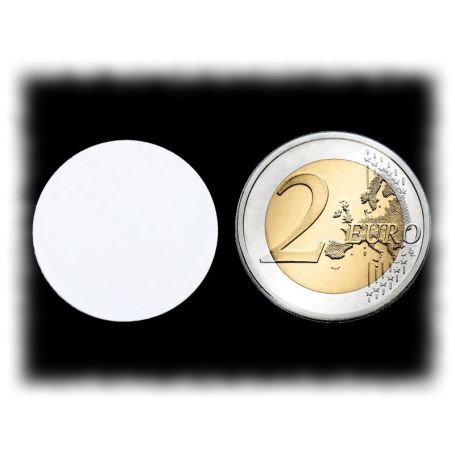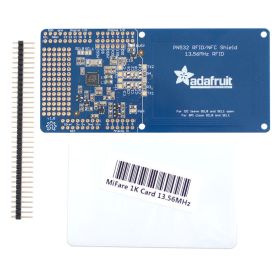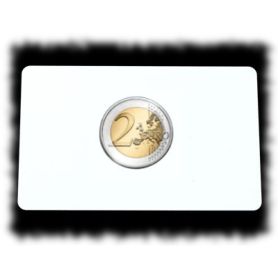13,56 MHz RFID/NFC Tag
RFID/NFC 13.56 MHz tag - 1KB memory
Payments are secured by LyraCollect, a French payment collection company.
It is possible to delivered to your home, to a pick-up point or picked up by appointment at MCHobby
We prepare, pack and ship your orders with great respect and care.
A NFC/RFID 13.56MHz tag for contactless reading
Here is a blank RFID/NFC 13.56 MHz tag - the same kind of tag used in laundry, objects and everywhere you should read data by using a contactless system. This tag contains a small RFID chipset and an antenna. The tag is passively powered by the RFID reader while reading/writing when the tag is placed near of the reader.
These tags can be readed by almost any of the RFID/NFC reader working at 13.56MHz. You should check that your reader support the ISO/IEC 14443 Type A (there is also some other encoding standard like FeLica).
Theses tags have been tested with succes with the following Adafruit readers:
This tag can handle writing operations and can store up to 1 KB of data in the EEPROM (divided in "bank"). The tag can manage up to 100.000 writing cycles. You can use a RFID/NFC shield for Arduino or a PN532 NFC/RFID breakout to read and write data to the EEPROM (stored inside the tag).
The tag also have a pre-encoded 4 bytes identifier. So you can identifies each tag for sure - this ID number cannot be modified!
This tag use a ISO/IEC 14443 Type A chipset, which use the 'classic' NFC chipset. Around ~2014, the NFC forum decided to deprecate this chipset. As a result, newer smartphone would not be able to read those tag, but that's only important if you want to read the tags from your smartphone/tablet.
Technical details
RFID chipset specification:
- 1 KB EEPROM storage (8 KiloBits) non-volatile
- Build in encryption engine (48-bits encryption key)
- Unique identifier on 4 Bytes already burned inside the tag (cannot be modified).
- Frequency: 13.56 MHz
tag specification :
- Diameter: 25.4mm
- 1mm tickness .
- ~0.9 grams.
- Works about ~5 cm away from the reader







